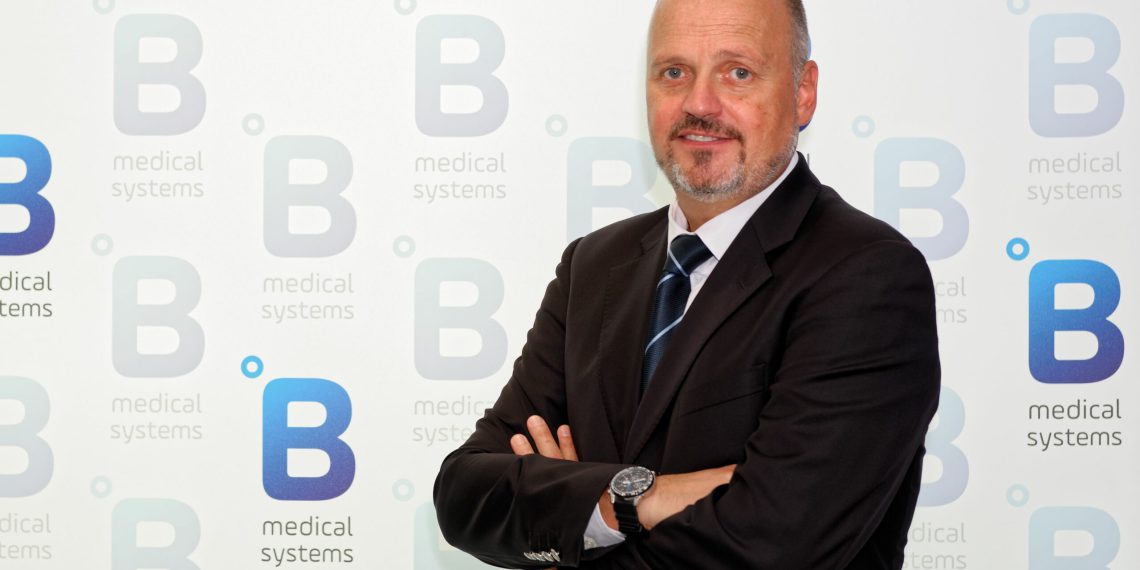Vaccines, biological samples, medications and the like usually need to be stored refrigerated to prevent spoilage. An interruption in the refrigeration cycle, which can be caused by a malfunction of a medical refrigeration unit, for example, often means significant financial losses, shortages of vaccines and blood supplies, or weeks of lost work time. Due to the denaturation of the molecules that make them up, biological samples can be irretrievably lost if exposed to inappropriate temperatures, rendering them unusable for use in a clinical or research setting. For this reason, real-time digital monitoring solutions are always recommended. Depending on the usage scenario and the medical cooling device used, there are different solutions for real-time monitoring.
For a long time, paper temperature recorders were the only way to monitor cooling equipment. However, the bulky and in the long run expensive paper temperature recorders should be replaced, as they need to be replaced regularly and do not transmit data, so remote monitoring of medical cooling equipment is not possible with them. Instead, digital solutions for monitoring are a safer and overall better option, including in terms of total cost of ownership.
Digital solutions offer numerous advantages
Some modern medical refrigeration equipment comes with built-in monitoring software, depending on the manufacturer. To be monitored remotely, these units are simply connected via a cable (e.g., RJ-45) to the local network and thus to the monitoring software. Once connected, the software of these products collects the data sent by the cooling devices, displays them clearly and raises an alarm and/or sends an SMS (and also emails) in case of emergency. Moreover, this software can monitor several hundred devices in real time, so this method is the easiest to implement, as it does not require additional external devices.
However, not every medical cooling device is equipped with a suitable port (e.g. RJ-45). For example, some models only have an RS485 port. In addition, devices from different manufacturers are sometimes used in healthcare facilities. For scenarios with devices without a suitable connection or with devices from different manufacturers, there is no way around an external connection to connect the devices used with monitoring software. B Medical Systems, for example, offers the Data Communication Unit (DCU), which can connect up to ten devices with its own monitoring software, depending on the type of cooling unit. A prerequisite for this, however, is that the medical cooling devices are equipped with a PT1000 temperature sensor, if this is not already installed in the device. Existing devices can be retrofitted so that no new devices need to be purchased. This is therefore an interesting option for introducing real-time monitoring, especially for smaller facilities.
In rural or remote areas (such as many developing countries), the solutions presented above often reach their limits because the necessary infrastructure is not available. For this scenario, a real-time monitoring device, such as the Remote Temperature Monitoring Device (RTMD) from B Medical Systems, is recommended. The device connects to a medical cooling device and collects the data. Thanks to an integrated SIM card, the collected data is then transmitted in real time when the device is within range of a 2G/3G network. If the temperature of a cooling device equipped with an RTMD changes outside the set parameters, the monitoring solution sends an alarm via SMS and/or e‑mail.
Various manufacturers offer suitable solutions for real-time monitoring of the entire cold chain. It is important for customers to think about real-time monitoring during the purchasing process and to discuss their application scenario with the supplier in order to find the right solution together. The software should clearly display the collected data in a dashboard and automatically send an alarm via SMS or e‑mail if there are any deviations from the specifications. In this way, the risk of stored samples, blood supplies or vaccines spoiling can be minimized.

















